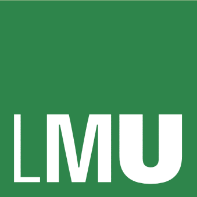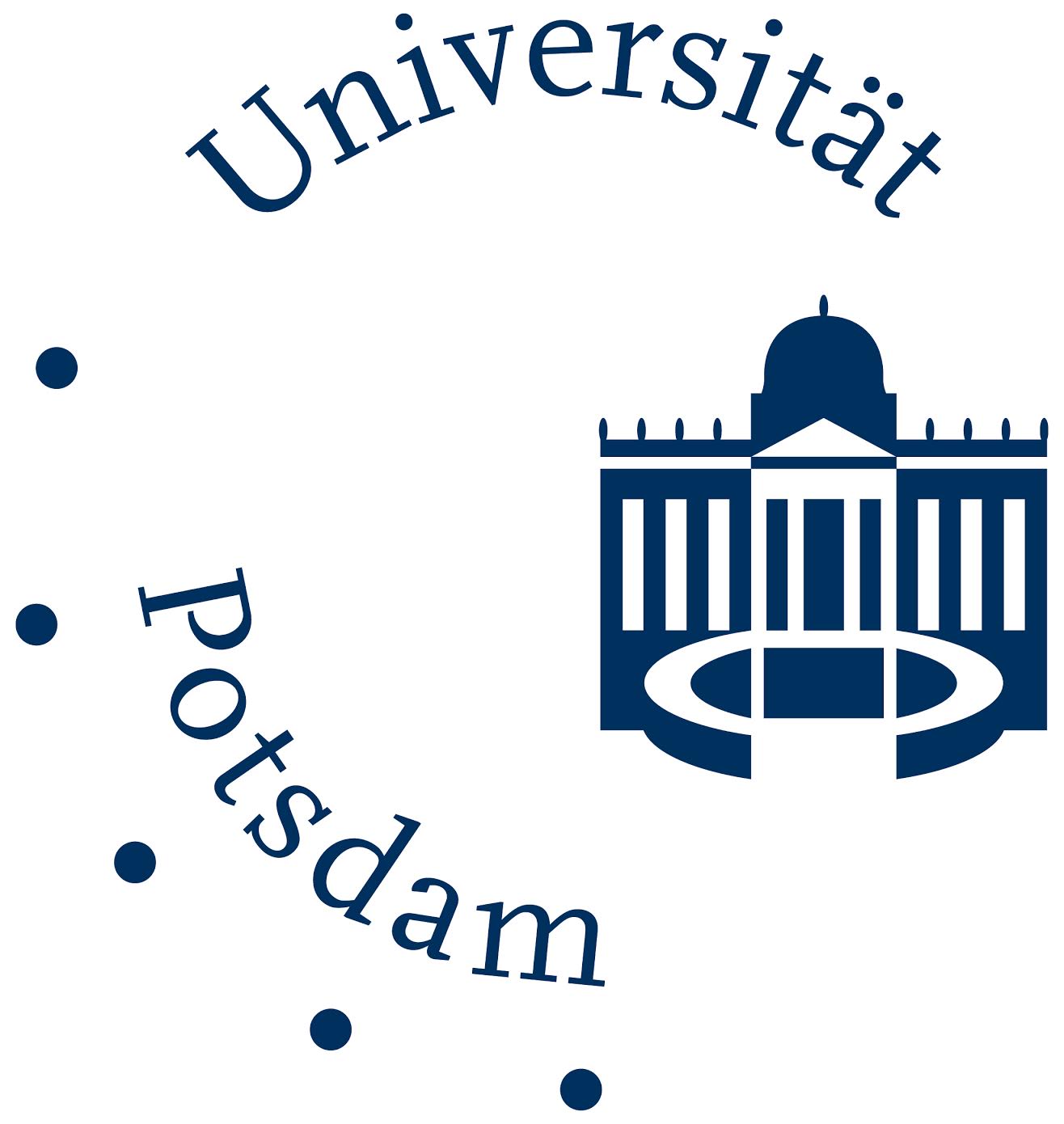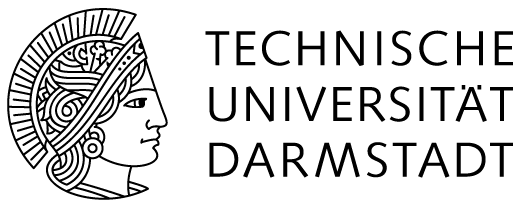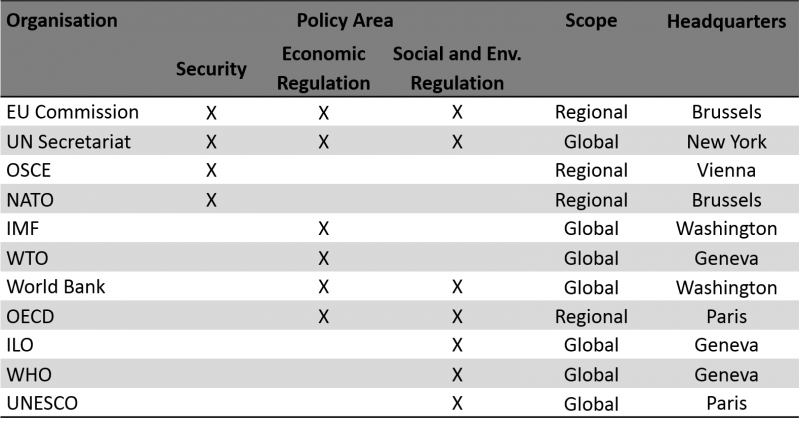The academic study of international public administrations (IPAs) has, to date, received only minor attention. Surprisingly little is known about these bureaucracies, their internal organisational structures and decision-making processes, their administrative cultures, their autonomy vis-à-vis their political principals, and their relationships with other administrations and societal actors.
Explaining patterns of administrative structures
International administrations differ widely in terms of size, tasks, and competencies, but we have only limited information on the extent to which they also differ in administrative patterns. The research unit concentrates on the emergence of and changes in these patterns in four dimensions:
- organisational features
- the nexus between politics and IPAs
- inter-organisational patterns
- the relationship between IPAs and societal actors
Doing so, the sub-projects systematically explore the formal structures and contours of a core set of IPAs in a comparative manner. Because every organisation must solve certain problems including centralisation and independence, we can expect variants of institutionalisation due to the specific tasks of IPAs, but also due to differing actor-constellations and ideas of what constitutes “good administrative practise”. As such, our analytical considerations are based on three sets of factors that are theoretically rooted in three branches of institutionalist thinking: functionality, power, and cognitive frames.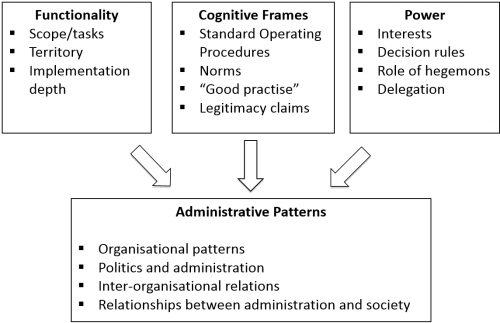
Explaining the performance, changes in, and coordination of IPAs
The second phase of the research unit will examine how the administrative patterns of IPAs identified in the first phase affect their specific modes of action. Particular attention will be devoted to: (1) variance in policy-making and performance, especially the effectiveness and/or efficiency of goal attainment and the legitimacy of operations; (2) the degree of organisational change and adaptation; and (3) how international public administrations coordinate with other public administrations in multi-level administrative settings.


